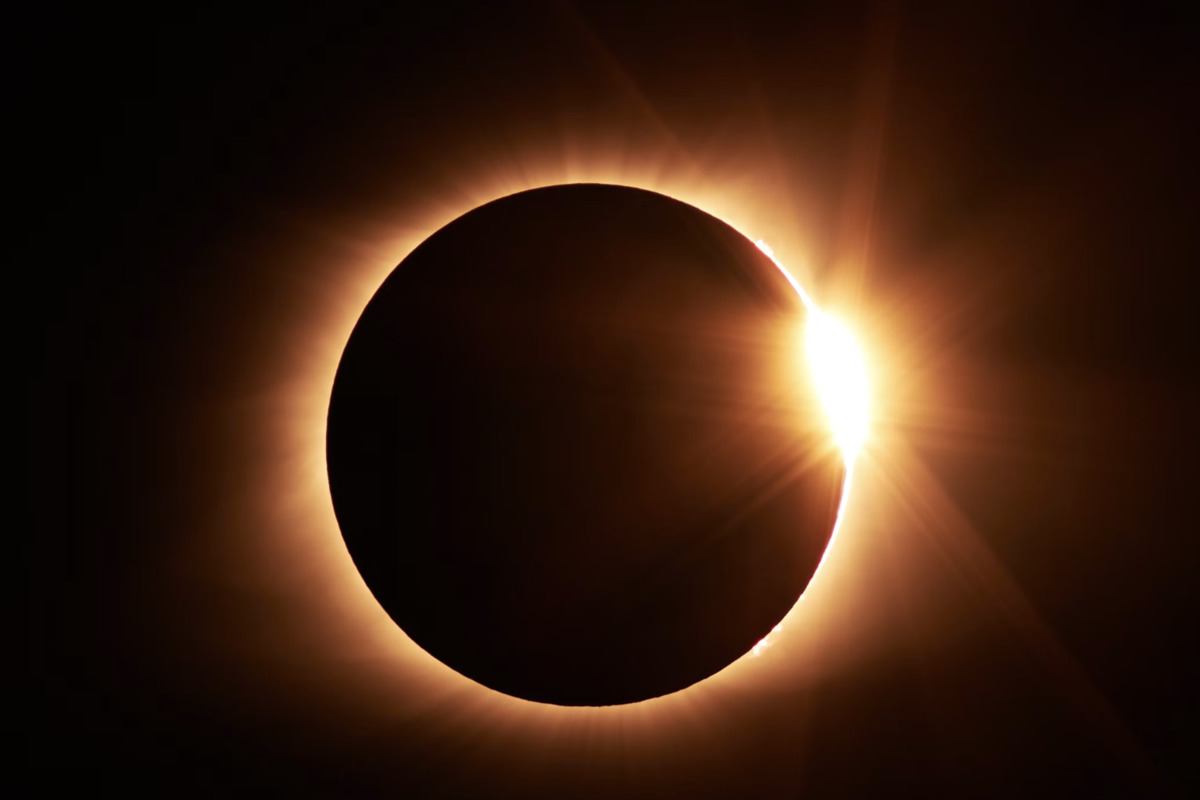
As the first total solar eclipse of 2024 approaches this April, set to awe observers across North America, a unique fashion tip is on the rise. Experts say donning shades of red and green could significantly enhance the experience. This tidbit is grounded in the scientific phenomenon known as the Purkinje effect, which relates to how our eyes perceive colors in dim light.
Eager stargazers should plan to make a statement with their attire if they really want to embrace the event. Wearing these colors is supposed to not just add to the communal spectacle but to make the eclipse itself more visually stimulating. This reliance on the collective participation is going to truly test the Audubon Society’s understanding of bird flocking to how humans might come together under the cosmic dance of the sun and moon.
According to a report by Florida Today, the eclipse presents a prime opportunity to demonstrate the Purkinje effect, which is when reds and yellows fade and greens and blues appear brighter as the light dims. The eclipse is not expected to be full in Florida, but even partial coverage can provide the chance to view this shift in color perception.
The Detroit Free Press also highlighted the unusual fashion advice, suggesting that those ugly Christmas sweaters tucked away might serve a scientific purpose yet. “This Purkinje effect during the coming eclipse will turn the whole experience from just watching the sky go dark to a real-life science demo on your clothes,” stated an online retailer, Solar Eyeglasses. They emphasize that to fully witness the shift in color saturation, a significant number of people need to take part in this vibrant display.
Texans too can participate in this scientific display of color during the eclipse, as noted by the Houston Chronicle. It will be a rare opportunity, the state having last witnessed a total solar eclipse back in 1878. “But to really see the changes in color saturation, lots of people need to wear these complimentary red and green colors. Two or five in a group of 100 wouldn’t help,” reiterated the spokesperson from Solar Eyeglasses.
As the celestial event approaches, it will be interesting to see how many people opt to coordinate their wardrobes with astronomical phenomena. Bearing in mind that safety comes first, viewers are reminded not to directly look at the sun without proper eclipse glasses or other safe viewing methods, even in locations where the eclipse won’t be total, and the science experiment on their clothes is the secondary spectacle. The total solar eclipse is expected to traverse the U.S. on April 8, promising to be both a sight to behold in the sky and a tapestry of color among the viewers on the ground.
